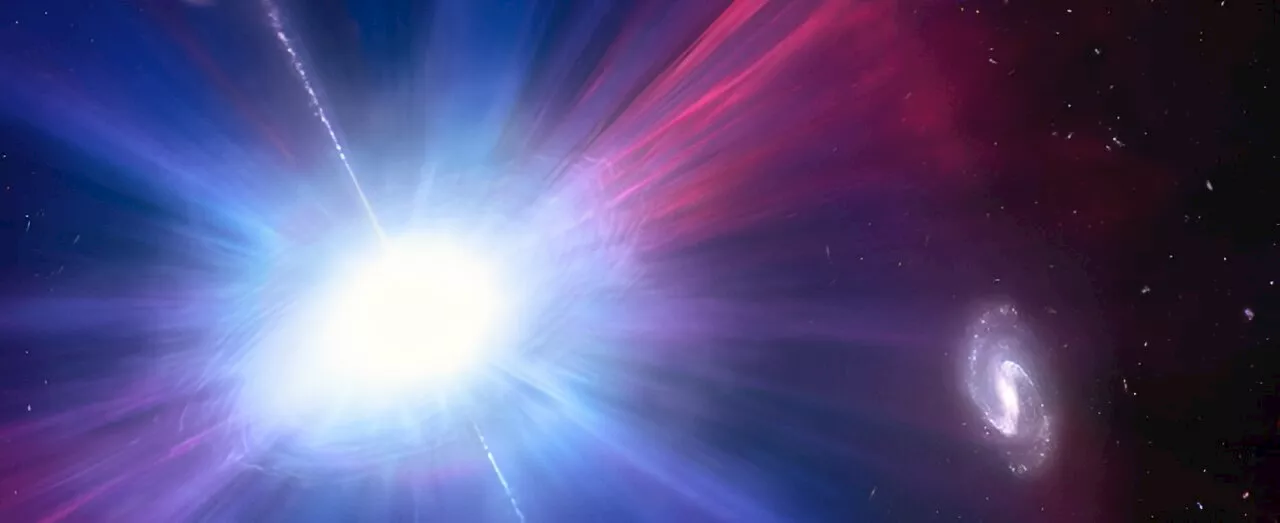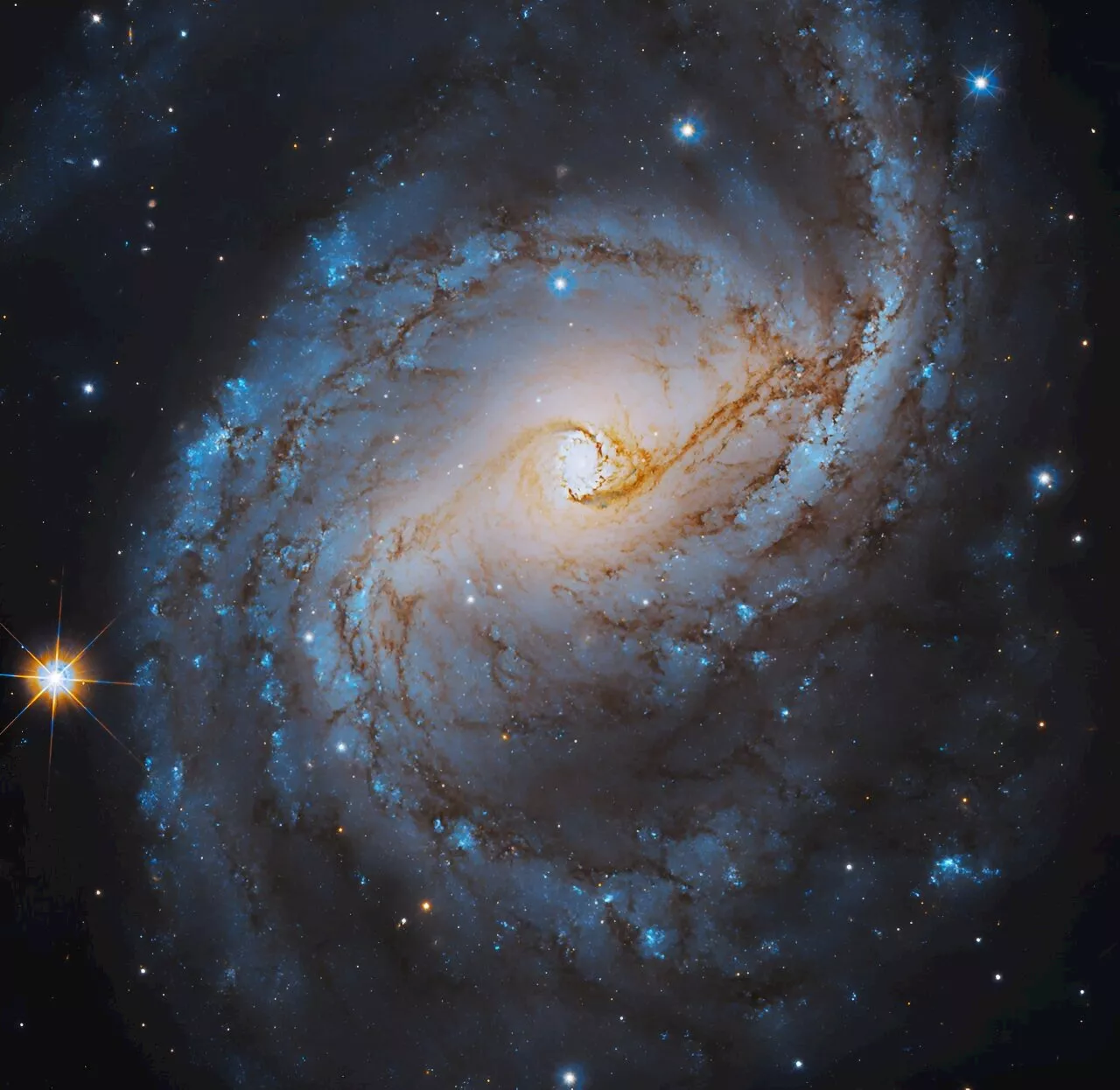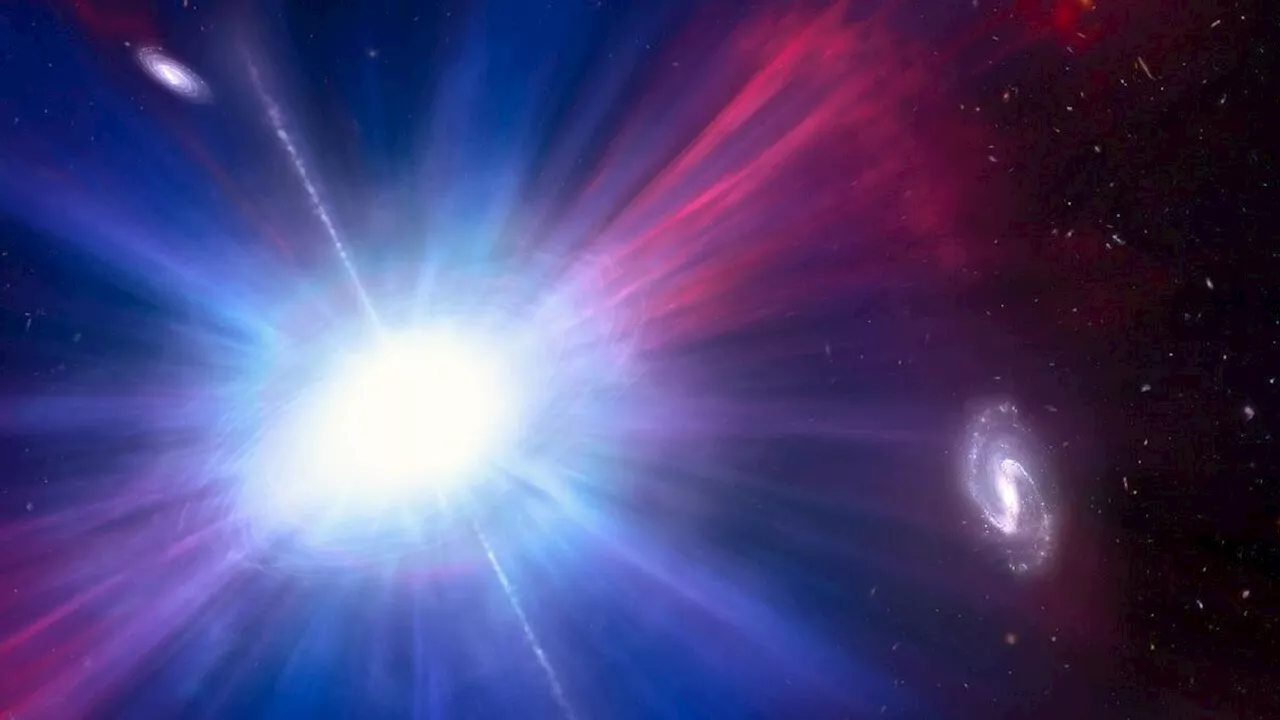Keith Cooper is a freelance science journalist and editor in the United Kingdom, and has a degree in physics and astrophysics from the University of Manchester. He's the author of 'The Contact Paradox: Challenging Our Assumptions in the Search for Extraterrestrial Intelligence' (Bloomsbury Sigma, 2020) and has written articles on astronomy, space, physics and astrobiology for a multitude of magazines and websites.
Jam packed issues filled with the latest cutting-edge research, technology and theories delivered in an entertaining and visually stunning way, aiming to educate and inspire readers of all agesthe universe
LFBOTs are a complete mystery. The first one to be discovered wasn't observed until 2018. Designated AT2018cow, it was positioned in the spiral arm of its galaxy 200 million," it was up to 100 times brighter than an ordinary supernova, and was also bright in radio waves, ultraviolet and X-rays. If it was a, it behaved very oddly. Usually, a supernova stays bright for weeks, or even months, and has a recognizable spectrum. Yet the Cow faded after a few days.
Australia Latest News, Australia Headlines
Similar News:You can also read news stories similar to this one that we have collected from other news sources.
 Radiant Revelations: Hubble Space Telescope Records Rare Radio GalaxyScience, Space and Technology News 2023
Radiant Revelations: Hubble Space Telescope Records Rare Radio GalaxyScience, Space and Technology News 2023
Read more »
 Hubble finds bizarre explosion in unexpected placeA very rare, strange burst of extraordinarily bright light in the universe just got even stranger—thanks to the eagle-eye of the NASA/ESA Hubble Space Telescope. The phenomenon, called a Luminous Fast Blue Optical Transient (LFBOT), flashed onto the scene where it wasn't expected to be found, far away from any host galaxy. Only Hubble could pinpoint its location. The Hubble results suggest astronomers know even less about these objects than previously thought by ruling out some possible theories.
Hubble finds bizarre explosion in unexpected placeA very rare, strange burst of extraordinarily bright light in the universe just got even stranger—thanks to the eagle-eye of the NASA/ESA Hubble Space Telescope. The phenomenon, called a Luminous Fast Blue Optical Transient (LFBOT), flashed onto the scene where it wasn't expected to be found, far away from any host galaxy. Only Hubble could pinpoint its location. The Hubble results suggest astronomers know even less about these objects than previously thought by ruling out some possible theories.
Read more »
 Hubble captures intermediate spiral galaxy NGC 6951Bright blue spiral arms twist around the bright-white center of this starry galaxy. This new NASA Hubble Space Telescope image features NGC 6951, an intermediate spiral galaxy 78 million light-years away in the Cepheus constellation.
Hubble captures intermediate spiral galaxy NGC 6951Bright blue spiral arms twist around the bright-white center of this starry galaxy. This new NASA Hubble Space Telescope image features NGC 6951, an intermediate spiral galaxy 78 million light-years away in the Cepheus constellation.
Read more »
 Hubble captures starry Cetus constellation galaxyNew and old stars alike twinkle in the dusty spiral arms of NGC 1087. Located 80 million light-years away in the constellation Cetus, NGC 1087 is a barred spiral galaxy. It has a diameter of 87,000 light-years and a very small nucleus, or center.
Hubble captures starry Cetus constellation galaxyNew and old stars alike twinkle in the dusty spiral arms of NGC 1087. Located 80 million light-years away in the constellation Cetus, NGC 1087 is a barred spiral galaxy. It has a diameter of 87,000 light-years and a very small nucleus, or center.
Read more »
 Hubble spots bright cosmic explosion away from host galaxyInteresting Engineering is a cutting edge, leading community designed for all lovers of engineering, technology and science.
Hubble spots bright cosmic explosion away from host galaxyInteresting Engineering is a cutting edge, leading community designed for all lovers of engineering, technology and science.
Read more »
 Hubble’s Hitchcock Moment: A Bizarre Explosion in Unexpected PlaceScience, Space and Technology News 2023
Hubble’s Hitchcock Moment: A Bizarre Explosion in Unexpected PlaceScience, Space and Technology News 2023
Read more »
